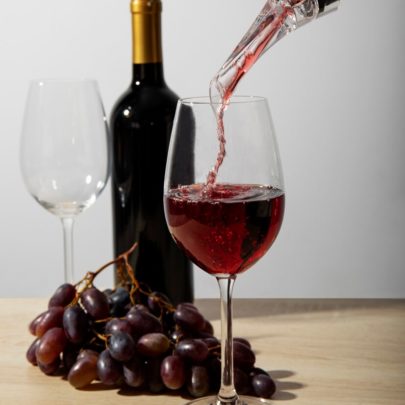
Our Guide To Pinot Noir
As you may be able to tell from our wine range, our favourite red grape variety, by far, is Pinot…

As you may be able to tell from our wine range, our favourite red grape variety, by far, is Pinot…
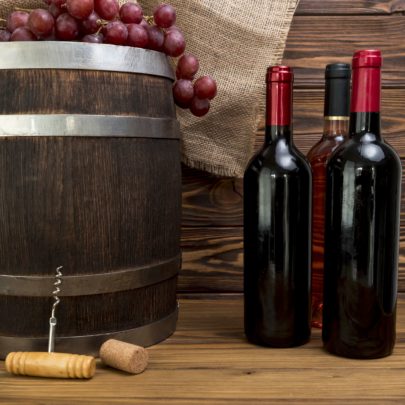
The French didn’t invent wine, which was probably made first in West Asia, in either Georgia, Armenia or Iran, in 6000 BC. But,…
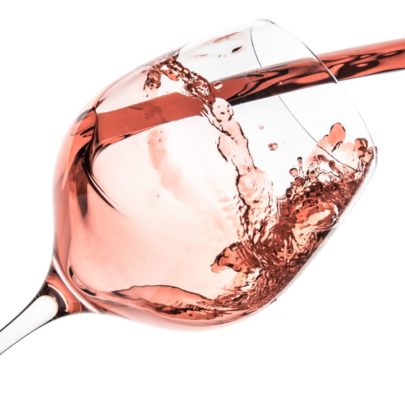
One of the questions we are asked most often during our wine tastings is how Rosé wine is made. Here,…
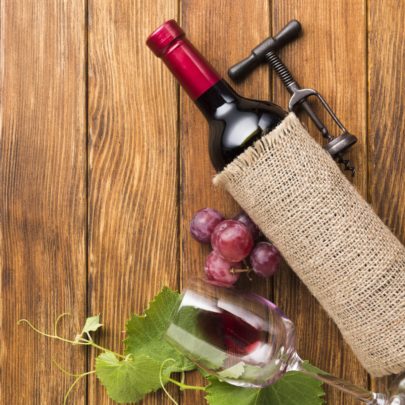
If you’re a wine lover looking to expand your palate, we want to introduce you to one of Italy’s hidden…
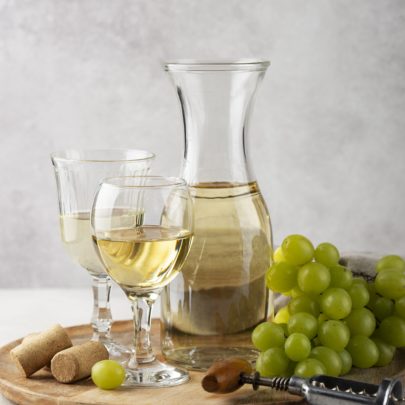
When you think of Burgundy, the star grape that comes to mind is the illustrious Pinot Noir and the ever-elegant…
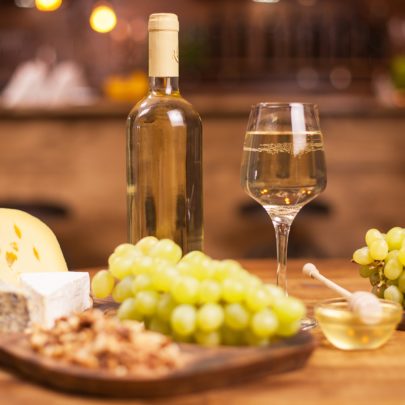
If you’ve ever had the luck of being acquainted with Garganega, though you might not have known it. This delightful…
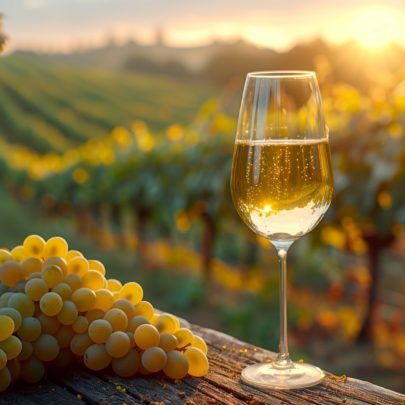
Today we want to talk about all things Gewurztraminer, a grape variety that (unless you’re a die hard wine lover)…
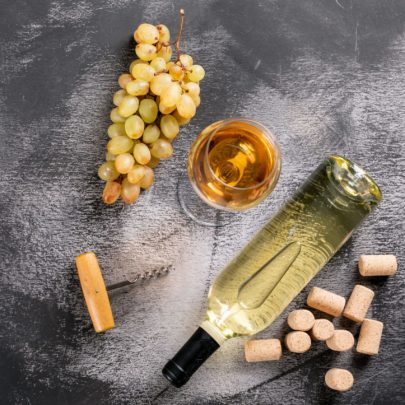
Today, we want to talk to all the wine lovers of the world about the deliciously sweet world of Pedro…
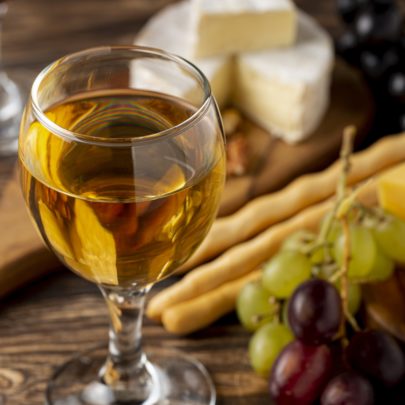
Imagine a wine that whispers rather than shouts, a bottle that carries the essence of a cool sea breeze and…
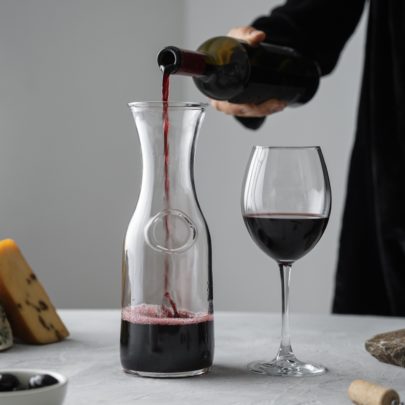
In the vast intricate world of wines today, where celebrated varieties like Cabernet Suavignon and Chardonnay dominate the dinner tables…

We want to welcome you to the scenic shores of Lake Garda, where the vines weave their way through the…
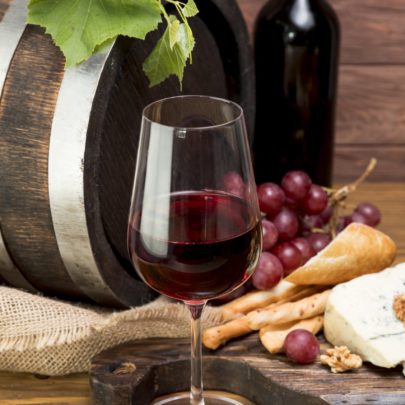
Nestled within the picturesque landscapes of Italy, particularly thriving in the Abruzzo region, is the Montepulciano grape variety, a name…